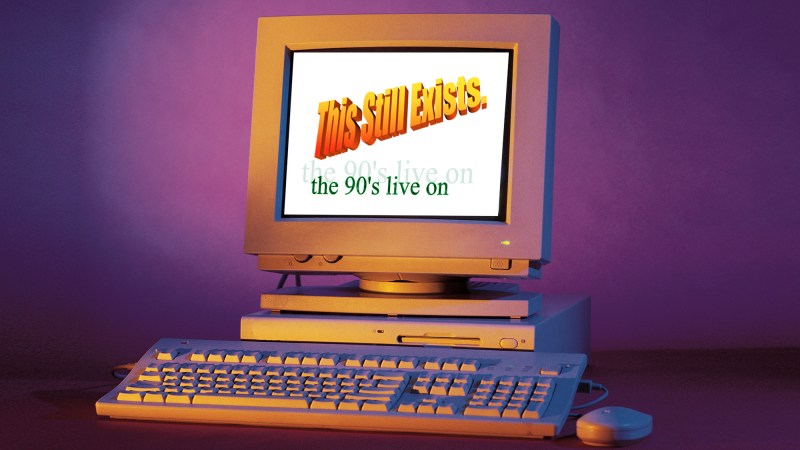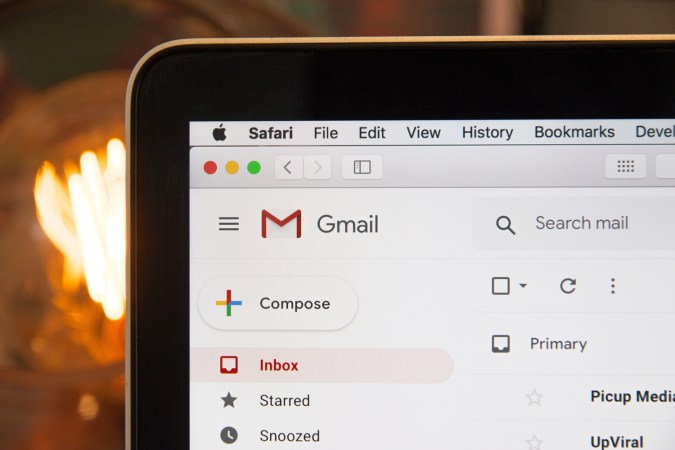

RAM (Random Access Memory) is your computer’s thinking space: as long as you have games, images, spreadsheets, browser tabs, or anything else open, it’s kept in the RAM for fast and easy access.
As well as being fast, RAM is also temporary. This is why you lose the progress you’ve made on a file if your computer crashes before you’ve had a chance to save your work. Reboot your PC or Mac and the RAM gets cleared out, ready to start again.
While Windows and macOS do a decent job of managing RAM, this memory space can get clogged up with data that doesn’t really need to be there—especially after a few hours of use.
Once all the space in the RAM has gone, your computer will start using empty parts of your hard drive as temporary thinking space. But this storage is not as fast to access as RAM, which can eventually slow Windows or macOS to a crawl.
That’s bad news from both a performance and stability standpoint, but there are ways to guard against it and make sure that your programs always have as much RAM available as possible.
Closing down
First of all, help Windows do its job as normal by closing down anything you don’t need—that goes for both files and applications. If Spotify is running but you aren’t listening to anything, shut it down. If you’ve got 20 Chrome tabs open that you’ve long since finished with, get rid of them.
Consider looking inside your individual applications for ways to free up memory as well. An obvious one is browser extensions—these take up a small slice of RAM, so keep the ones that you’re actually using and remove the rest. The same goes for plug-ins in your email client or word processing software.
[Related: These browser extensions will keep you safer online]
To check for programs that you might not even realize are running in the background on Windows, open Task Manager with Ctrl+Shift+Esc (or search for it on the Start menu). Click on the Processes tab to open it up (click More details if you don’t see Processes), and look for entries in the Apps and Background processes lists that don’t really need to be there. You can identify the biggest culprits of RAM drainage by looking at how much of it each process is using under the Memory column. To shut something down, right-click on it and choose End task.
Over on macOS, the equivalent utility is called Activity Monitor, which you can search for via Spotlight (Cmmd+Space). Switch to the Memory tab to see which applications and processes are using up most RAM—if there’s anything you can do without here, you can close it down by double-clicking on it and then choosing Quit.
We’d recommend only closing down processes you recognize the name of and know you don’t need right now, such as media servers or software updaters. If you do mess up and close something that causes your computer to behave erratically, you can always reboot your machine and try again.
More options and third-party tools
Speaking of rebooting, that’s another way of flushing out the RAM and starting again with a clean slate of memory. Still, this is not ideal, as you don’t want to be shutting down and booting up your Windows PC or Mac every half hour just to have enough RAM to work with. This is maybe something to try at the end (or start) of every day.
Plenty of third-party programs will help Windows and macOS in making sure that the RAM is well managed and run efficiently, clearing out any data that doesn’t need to be there. If you’re on a Windows PC, one of the best we’ve seen is the free Memory Cleaner, which shows you how much RAM is in use and lets you optimize running processes and the Windows system cache with just a click.
[Related: Four hidden tweaks that will speed up Windows]
Other free and reputable options for Windows include Avira RAM Cleaner and Wise Memory Optimizer, which puts emphasis on ease of use and simplicity. Some tools may work better than others on your particular system, so it’s probably worth testing more than one and seeing what sort of results you get.
If you’re a Mac user, with the free Nektony Memory Cleaner you can flush out your system’s RAM with a single click as well as see details of which applications are using up all your memory. CleanMyMac X is another reputable tool that constantly monitors RAM usage in the background and keeps as much of it free as possible—that will set you back $10 a month after a free trial, but it comes with a bunch of other utilities too.
Finally, all the usual computer maintenance rules apply when it comes to keeping as much RAM free as possible. Make sure you’re regularly scanning for malware and keeping your system safe, uninstall any older programs that you no longer need, and make sure the software you use is always right up to date.















